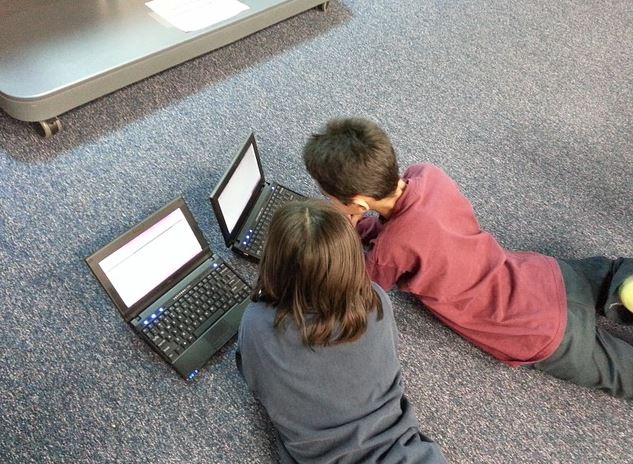As we swiftly move into the digital age, increasing numbers of us are becoming dependent on digital devices for work, socialising and recreation. From televisions and computers to smartphones and tablets, there are more opportunities than ever for children to interact with digital technology both in education and play.
But how long are children using these devices on a daily basis? Are kids spending too long looking at screens and backlit devices and, if so, what effect is this having on their health?
We conducted a survey across 2,000 parents in the UK with children aged between 2 and 16, to see which digital devices children use and how regularly they use them.
How long do children spend using digital devices?

Digital devices are everywhere; from using a computer at school, watching a bit of TV at home or playing a game on a smartphone.
Almost half of the parents surveyed agreed that their children were spending too much time using digital devices on a daily basis, asserting that 1-2 hours using a device was an acceptable amount of time. But the actual amount of time kids spend using digital devices may be significantly more than we think.
According to the survey, children are spending an average of one hour per day on each of the following devices: personal computer, digital tablet (such as an iPad), games console and smartphone. They are also estimated to spend just over half an hour each on their e-readers (such as a Kindle), their MP3 players and on electronic learning devices. This is all on top of watching almost two hours of TV.
Collectively, that’s over seven hours that children are spending looking at electronic screens every day. Spending so much time looking at digital screens could potentially have a damaging effect on children’s eyesight.
 English
English
 Македонски
Македонски



























